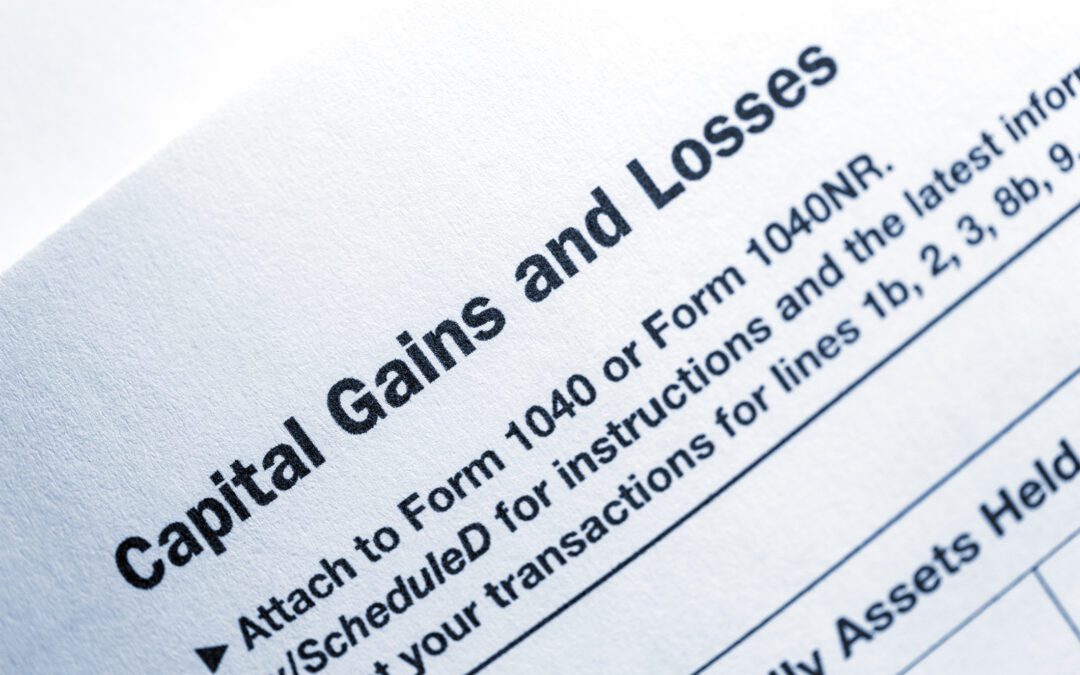S&P 500 Return During Presidential Election Years Policy uncertainty is predictably at its peak during election years. If there is one thing the stock market hates, it is uncertainty. However, a...

CALL US AT (804) 285-7333

S&P 500 Return During Presidential Election Years Policy uncertainty is predictably at its peak during election years. If there is one thing the stock market hates, it is uncertainty. However, a...

Tax returns are complicated. To add to their complexity, investment income generated by stocks, bonds, and other investment assets may be taxed differently than your other sources of income....

Gold has long been a popular choice for investors seeking stability and diversification in their portfolios as the commodity has historically been used to hedge against economic uncertainty and...
The fall of major banks like Silicon Valley Bank, Signature Bank, and Credit Suisse have rightly spooked investors and raised questions about the relative health and sustainability of the banking...

SHOULD I SELL A STOCK WITH A DECLINE IN PRICE Deciding whether to sell or hold a stock can be one of the most difficult and important aspects of investing in equity markets, as our emotions can work...

A soft landing is achieved when an economy moves from a growth period in a business cycle to that of slow growth, or no growth, while avoiding a recession. In the U.S., hard and soft landings...

There are unique risks and benefits to investing in either individual bonds or in bond mutual funds. We have detailed a few of these risks and benefits below. Price Stability of Individual Bonds vs....

As a parent or grandparent, you want to help guide your loved ones towards a path of success. Teaching them about compound interest and the importance of investing early in life will help guide them...
Wealth Management is more than investment management. It considers the larger picture. While your investments are critical to your success throughout retirement, it is also important to understand how your taxes, finanical plan, estate, and insurance can affect both your overall situation. Do you know when you should begin collecting social security to maximize its benefit? Have you followed the necessary steps to help your assets pass efficiently to your heirs, avoiding probate? If 529 plans are applicable to you, have you considered 529 plan superfunding or how to maximize 529 plan tax advantages? Our wealth management Q&As consist of popular topics among our clients and are not limited to investment management.